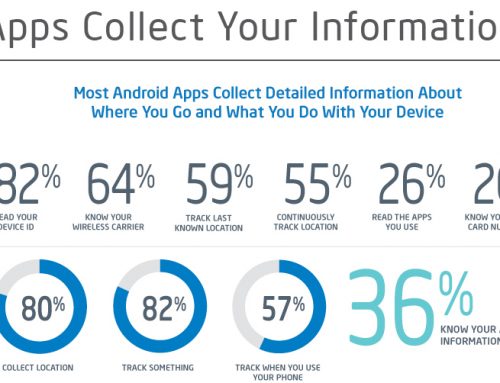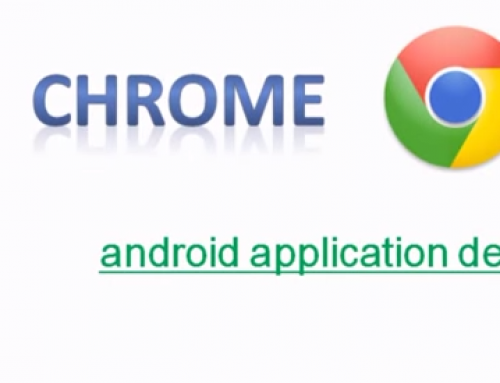Android is defined as a software stack for the mobile devices, which have plenarily transformed the way consumers use their mobile devices. It additionally includes an operating system, middleware and key applications. It is a mobile operating system (OS) predicated on the Linux kernel and currently developed by Google.
Android came into subsistence in the year 2003 by Andy Rubin, Rich Miner & Chris White. Later it was developed by Google Inc and officially it was relinquished in Nov 2007.
Commercially it was marketed with HTC Dream in 2008. Initially there were an abundance of functionalities missing like the home screen widgets, integration with Gmail and many more. Later it was overcome.
Initially there were only a few users of Android as most either preferred windows mobile or Blackberry during those days.
Android mobile operating system has gone through a lot of ups and downs to climb to incipient heights within a few years of its subsistence. How Android came to be and evolved through the years is something profoundly intriguing as Android’s popularity didn’t transpire overnight.
It’s the most sizably voluminous installed base of any mobile platform and growing fast—every day another million users power up their Android contrivances for the first time and commence probing for apps, games, and other digital content.
Since 2008, Android has visually perceived numerous updates which have incrementally ameliorated the operating system, integrating incipient features and fine-tuning bugs in precedent releases. Each major release is designated in alphabetical order after a dessert or saccharine treat; for example, version 1.5 Cupcake was followed by 1.6 Donut. The latest relinquished version, 4.4.4 KitKat, appeared as a security-only update; it was relinquished on June 19, 2014, shortly after the relinquishment of 4.4.3. As of October 2014, most incipient version of the Android operating system, Android 5.0 “Lollipop” is available.
Android And Its Different Versions:
1. (Android 1.0)
Android 1.0 is where it all commenced. It genuinely was the rudimentary beginning, and already consummated a plethora of what was expected.
2. (Android 1.1)
The Android 1.x releases after that weren’t proximately as major as Android 1.0 itself.
3. Cupcake(Android 1.5)
-On-screen keyboard with text prediction
-Animations with transition
-Supported Camcorder to watch and record videos.
-User Interface Refinements which includes:
- Refinement of all core UI elements
- Animated window transitions (off by default)
- In-call experience
- Contacts, Call log, and Favorites
- SMS & MMS, Camera & Gallery
- Browser
- Gmail
- Calendar
- Application management
– Improvements In Performance
- Faster Camera start-up and image capture
- Much faster acquisition of GPS location (powered by SUPL AGPS)
- Smoother page scrolling in Browser
- Speedier GMail conversation list scrolling
- Select multifiles at a time
4. Donut(Android 1.6)
-Support High resolution screen
-Virtual Private Network
-Text to speech engine introduced
-Select multifiles at a time
5. Eclair(Android 2.0/2.1)
-Enhanced UI
-Html 5,Bluetooth 2.1
-Contact and Account synchronization
-Camera with digital zoom
6. Froyo(Android 2.2)
-USB tethering and Wi-Fi hotspot
-Microsoft Exchange enhancement
-Cam controls with on screen buttons
7. HoneyComb(Android 3.0/ 3.1/ 3.2)
-Optimized UI for TABs
-2d, 3d graphics support.
-Support of joysticks, keyboards, gamepads
-Application access to SD card file system
8. Ice Cream Sandwich (Android 4.0)
The features of this version makes it simple, beautiful, and beyond perspicacious. Some of its features are:
-Face Unlock Security System with Customizable Home Screens
-Wi-Fi Direct
-Resizable Wizards
-Near field Communication
-Easy Multitasking
-Rich Notifications
9. Jelly Bean(Android 4.1/ 4.2)
This version of Android includes performance optimizations, Refined and refreshed system UI. Some extra features also:
-USB audio
-Google Wallet
-Swype keyboard
-Beam photos and videos
-Enhancements for international languages
-Improved Camera with HDR
-Reduced Touch Latency
10. KitKat(Android 4.4)
This version of Android is resplendent yet immersive.
-Wireless printing framework
-Refreshed Interface
-Chrome version no more chromium
-Audio tunneling, audio monitoring
-Storage Access Framework
-New Media Capabilities
-Some HTTP Live Streaming
-Security Enhancement
11. Lolipop(Android 5)
This version of Android is the most zealous release for Android yet. Some of the innovative features of this version are:
-Material design to Android
-Web View Updates
-Screen Capturing And Sharing Options
Therefore, Android initiates to give you a world-class platform for engendering apps and games. People prefer to use Android because it’s so puissant yet still so facile. In recent years Android has become the most expeditious-growing mobile OS. Your device is already smart, and it’s only going to get more perspicacious with Android, you can engender a unique mobile experience that’s just right for you.
Android’s openness has made it a favorite for consumers and developers kindred, driving vigorous magnification in app consumption.






Leave A Comment